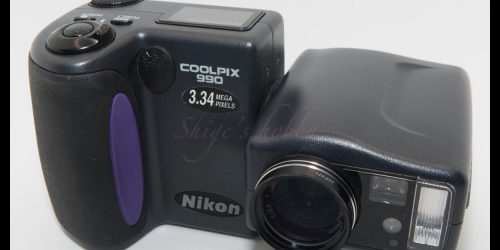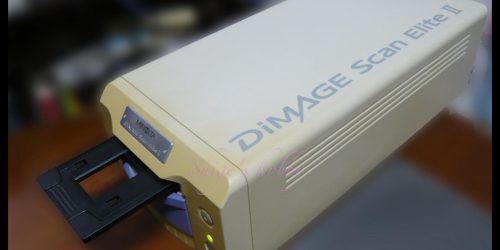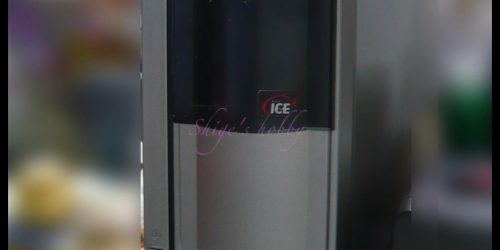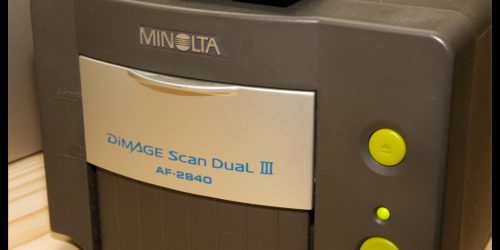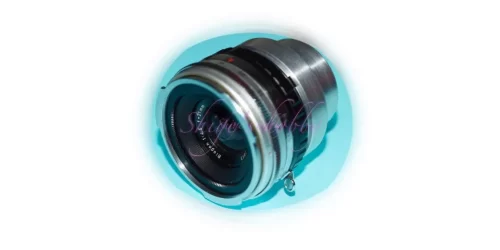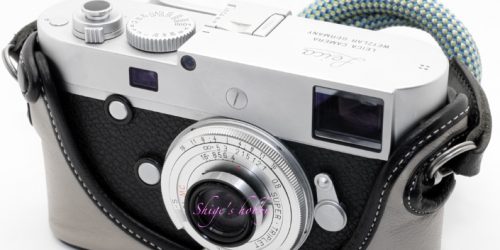NIKON COOLSCAN V ED
Nikon Film Scanner, Coolscan V ED (LS-50) Review and Scanning Examples
Table of contents
Gallery
The image was taken with LEICA M6 and HEXAR-RF and scanned with LS-50.
Review
I have been using Nikon Coolscan V (Coolscan 50) since my film days, and this scanner is useful because it has an SA-21 adapter that automatically swallows slip film. The scanning speed is not very fast, and scanning 36 images at 4000 dpi takes about 1.5 hours. It may only be used by those who have plenty of time to spare.
The SUPER COOLSCAN LS-5000ED, a higher-end model, has increased the number of sensor lines from one to two to speed up scanning speed; unfortunately, the LS-V has only one sensor line, so scanning time is slower than the LS-5000ED.
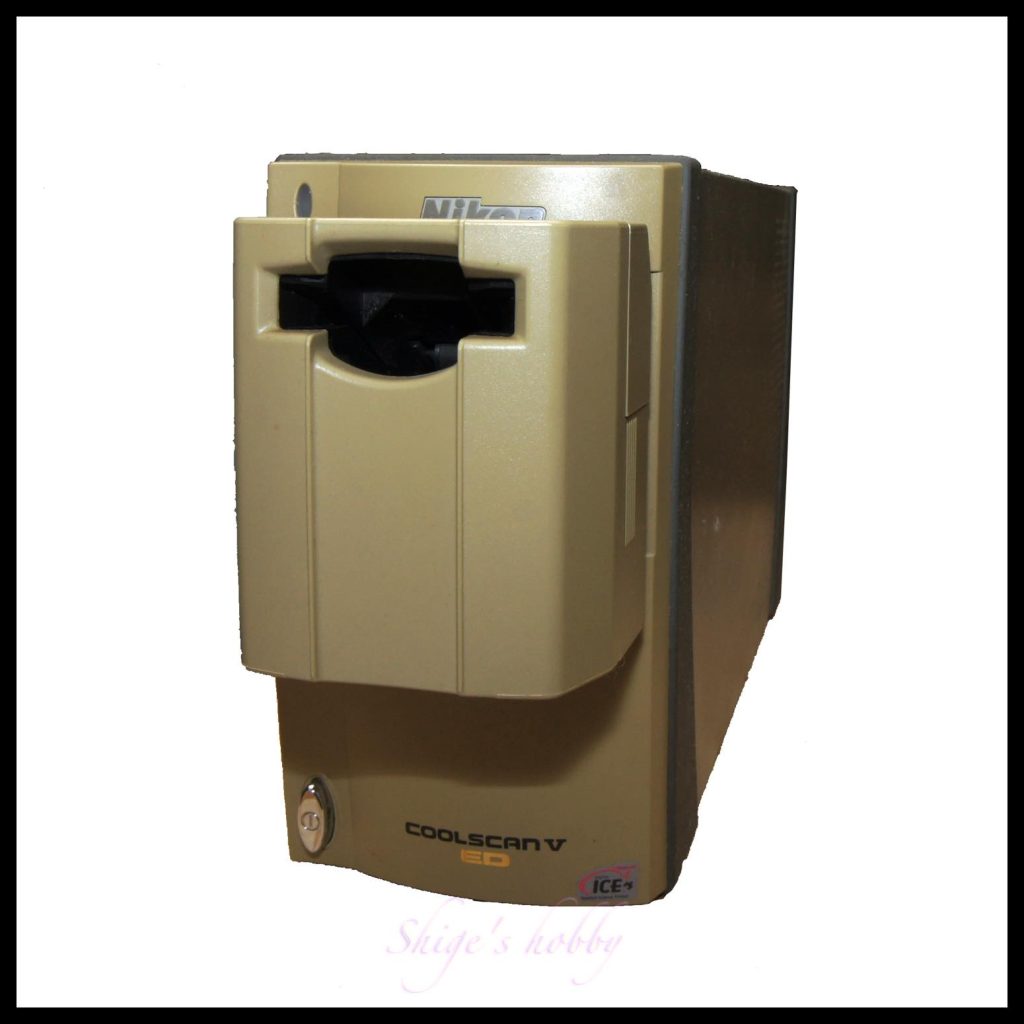
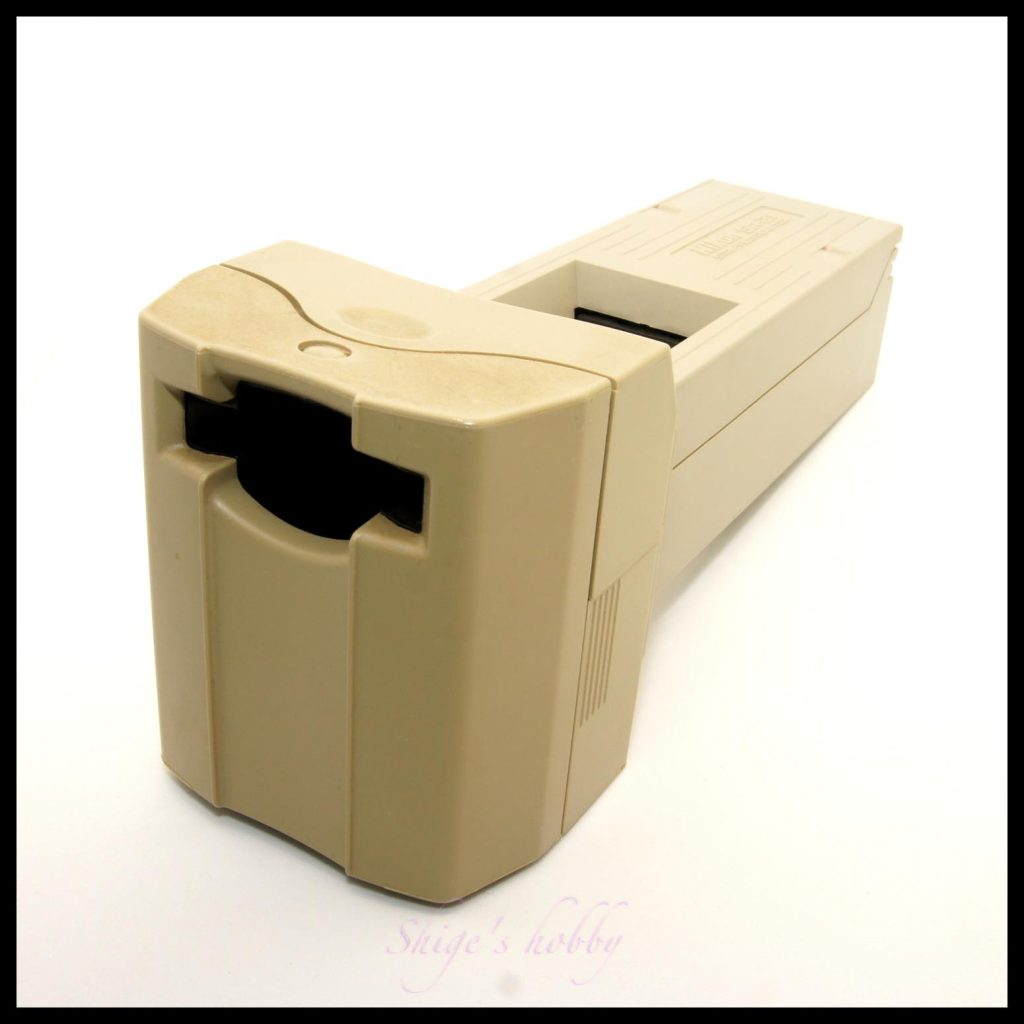
As for software, I purchased VueScan and use it on my Macintosh. That software also has a Windows/Linux version, and I used that when my PC was running Linux/Windows. The interface is the same and there is no difference in usability between the two. The serial number is also the same.
VueScan is a long-established scanning software that supports various scanners and film color simulation.
VueScan is a long-established scanning software that supports a variety of scanners and film color simulation.
We believe that this is mainly due to the fact that there have been no major changes, as the version upgrade only adds support for the latest OS, scanner profiles, and film profiles, but we are very grateful that we can continue to use the software as of 2023.
Some people have commented that it is not optimized for each scanner when compared to genuine scanning software, but my personal opinion is that you should scan with an emphasis on the material and use image processing software for post-processing to achieve the desired look and feel.
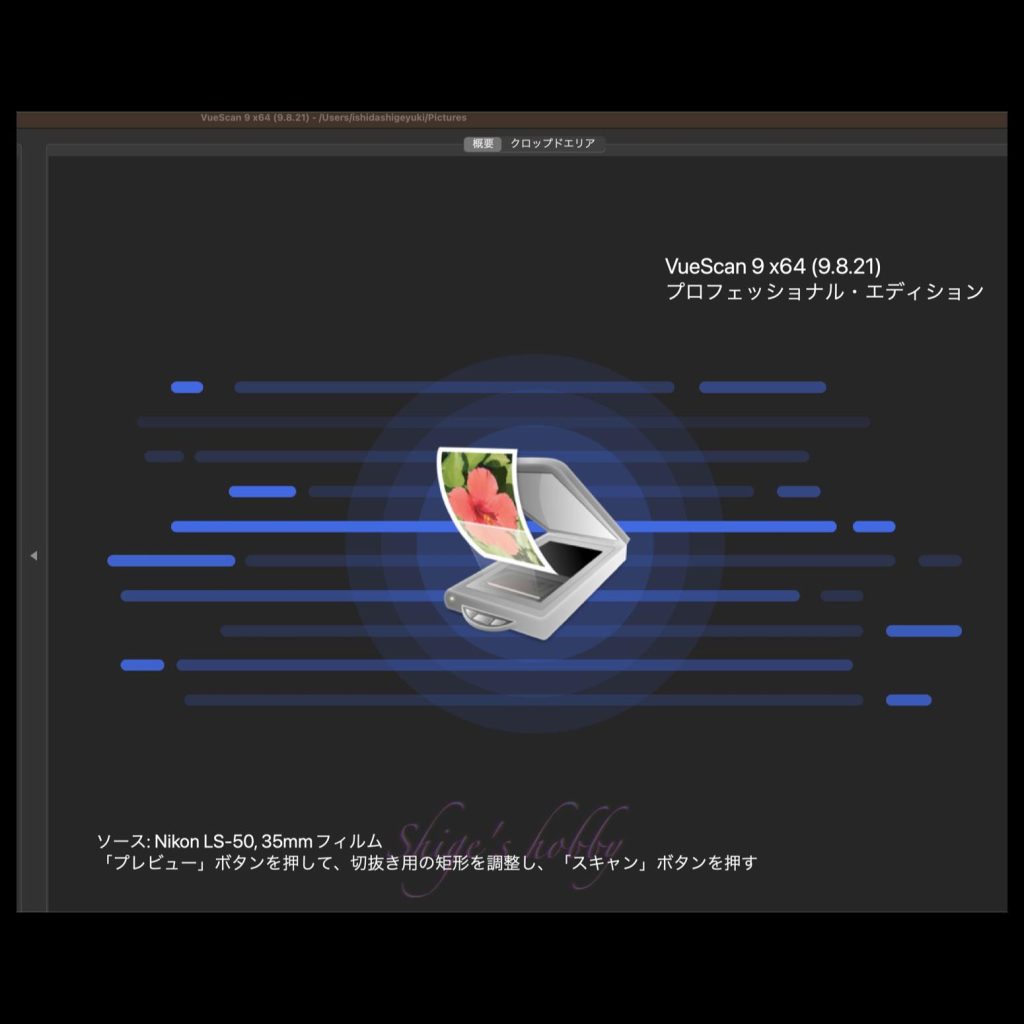
I also use KONICA MINOLTA’s Dimage Scan series, but it is a hassle to set the slip film into the cartridge each time I scan, and I think the CoolScan is convenient because it swallows the film slips as they are. However, Nikon IV, V, 4000, and 5000 need to scan slide film one at a time, so I think the DiMAGE Scan series, which can scan four slides at once, is convenient.
Although I was not aware of it at the time, when comparing the specifications, Nikon has a fixed document scanner and Konica Minolta has a fixed sensor scanner, and the construction of the scanner is unique.
Although there are few people who use film scanners nowadays, it is necessary to pay attention to the connection format between a PC and a scanner for old film scanners.
USB connection is not a problem, but SCSI connection is very expensive because there is no SCSI-USB converter available from any manufacturer. Moreover, the scanner may not be recognized in the USB mode for connecting a common HDD, and it is considered necessary to prepare a SCSI driver for the corresponding OS. Therefore, depending on the OS used, it may not be available.
The IEEE1394 (Apple name: FireWire) used by the SUPER COOLSCAN 4000 ED can be used with Windows-based desktop PCs by adding an IEEE1394 board. If your notebook PC has only a USB port, an IEEE1394-USB conversion adapter is available at a low price on Amazon, but this is a mere addition, directly connecting the IEEE1394 port to the USB port, and does not perform any advanced signal conversion. USB1.1/2.0 and IEEE1394 are capable of different voltages, but since the terminals are directly connected, it is said that connecting them may damage the device.
In the case of Macs, the Thunderbolt terminal can be used to connect a scanner.
If your Mac has a Thunderbolt 2 port, you can use a Thunderbolt-FireWire adapter (MD464ZMA) to connect and use the scanner.
If your Macintosh has a Thunderbolt 3 port, you can use the Thunderbolt 3 (USB-C) to Thunderbolt 2 adapter (MMEL2AM/A) and Thunderbolt-FireWire adapter (MD464ZMA).
Even if USB signal conversion could be done, it would not be possible to use devices that require special drivers.
If a scanner or other device that works with USB signals can work with an IEEE1394 signal from the scanner to a USB signal, there is a possibility, but we have not seen a device that can convert an IEEE1394 signal to a USB signal.
In 2002, an affiliate of NEC made an IEEE1394 to USB conversion chip, but we have not seen a product that applies this technology.
Reference link: NEC announces USB 2.0-IEEE 1394 mutual conversion module (Japanese web site)
Specification
| Product | COOLSCAN IV | COOLSCAN V | Dimage Scan Elite5400 II |
| Model No. | LS-40 | LS-50 | AF-5400-2 |
| Max. resolution (dpi) | 2900 | 4000 | 5400 |
| Pixels | 2,870×4,332 | 3946×5959 | 5328×7920 |
| Sensor | Linear CCD image sensor | ← | 3-line color CCD (5340 pixels per line) RGB primary color filter |
| light source | 3 color LED(RGB) | 4 color LED(RGB Ir) | White LED |
| Scanning system | Manuscript Fixation Optics moving flatbed scanning 1-pass scanning | ← | Manuscript Drive Fixed sensor 1-pass scanning method |
| Scan speed | Approx. 42 sec (1 sheet of 35mm film, using MA-20, 2900dpi) | Approx. 38 sec (1 sheet of 35mm film, using MA-21, 4000dpi) | Approx. 25 seconds (1 sheet of 35mm positive film, all image corrections OFF) |
| A/D converter | 14bit | ← | 16bit |
| Output | 16bit | ← | 16bit |
| Digital ICE | ICE3 | ICE 4 | ICE 4 |
| Interface | USB | ← | ← |
| automatic feed | 6 | ← | ← |
| Slide | Exist(1by1) | ← | Exist(4 sheets)← |
| Power supply | Include | ← | AC adapter |
| Weight(kg) | 3.0 | 3.0 | 1.5 |
| Options | Strip Film Adapter SA-21 Slide Mount Adapter MA-20(S) Strip Film Holder FH-3 | Strip Film Adapter SA-21 Slide Mount Adapter MA-21 Strip Film Holder FH-3 | 35mm Film Holder FH-M20 Slide Mount Holder SH-M20 AC Adapter AC-U26 |
| Price(Yen/No-tax) | 98,000 yen | 70,000 yen | 105,000 yen (Elite 5400) 70,000 yen(Elite 5400II) |
| Release date | 2001.3 | 2003.11 | 2003.6 (Elite 5400) 2005.2(Elite 5400II) |
Digital ICE4 ™ and Digital ICE ™ are trademarks and technologies of EASTMAN KODAK COMPANY, USA.
Reference links
